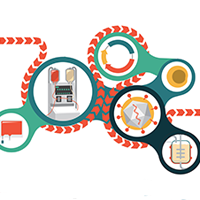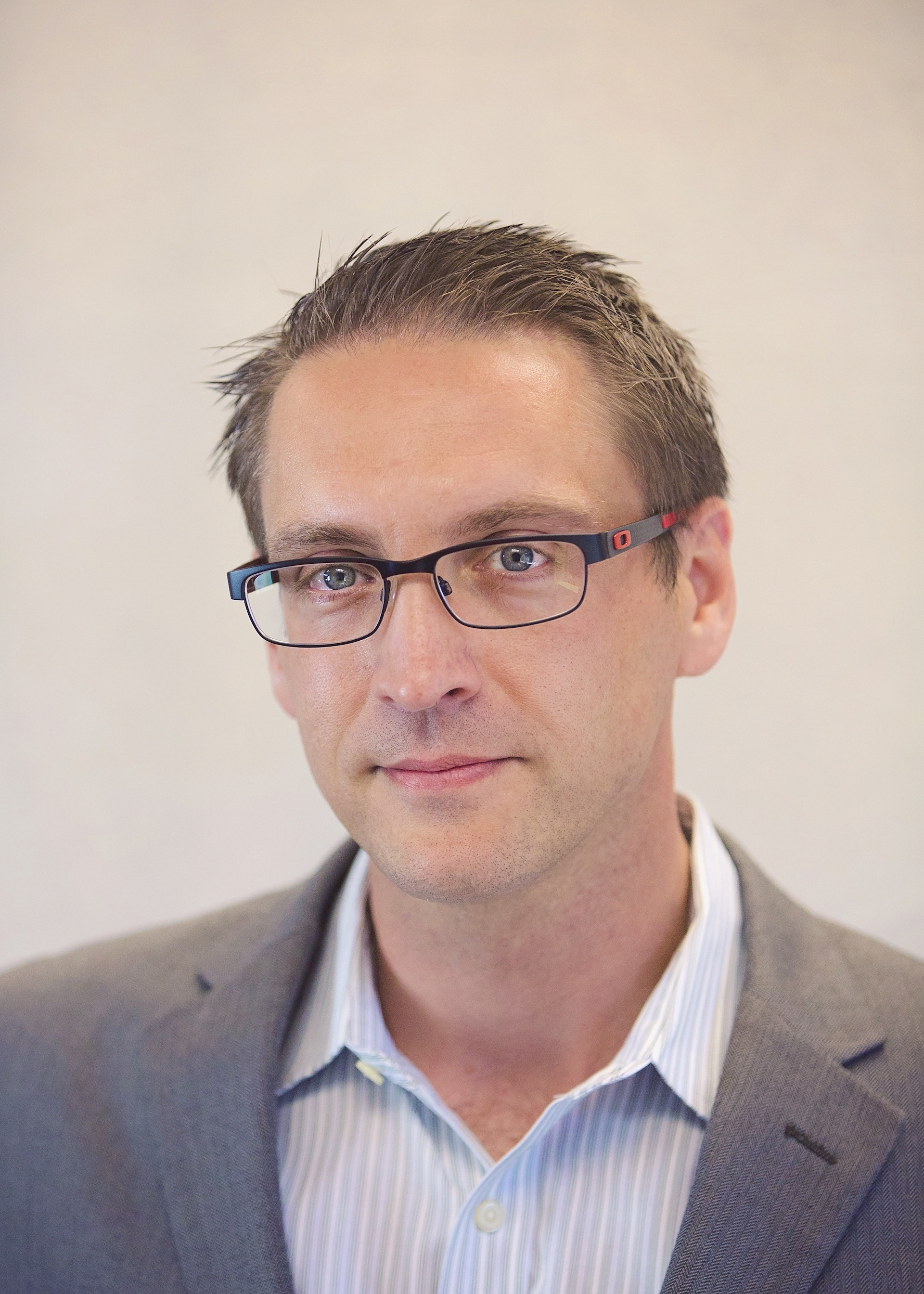Commercial considerations for raw materials in the cell and gene therapy industry
Cell Gene Therapy Insights 2017; 3(3), 171-174.
10.18609/cgti.2017.022
As an industry, what’s the overall perception of the importance of raw and starting materials within the manufacturing pathway?
There is a strong acknowledgement that the quality of raw and starting materials is of critical importance in the manufacturing of cell and gene therapies. There is also frustration that many of the critical raw materials still cannot be sourced with a cGMP grade. These raw materials range from media components, such as growth factors or small molecules, to plastic components such as single use bags, tubing and final containers, as well as other ancillary materials ranging from harvest enzymes, quench solutions and basic buffers. This is, of course, a chicken and egg problem. As the demand for these materials increases, the supply will follow. And the supply today is better than it ever has been – much better than even 5 years ago. This shift in an industry supply chain just takes time, and as a whole, we are making steady progress. The industry is doing what it can do to utilize cGMP raw materials wherever possible, and suppliers as a whole are working hard to get the therapeutic companies the materials they need. I think this will all get sorted out over the next 5–10 years, and we will have this temporary material quality gap behind us, with standard materials available from multiple vendors with a quality profile required for therapeutic manufacturing.
Interestingly, the conversation on raw materials and starting materials for cell and gene therapy manufacturing does not end with quality; I think it is just getting started. It is important to think a few more steps down the line. As the field matures to a level where many reagents on the market will have cGMP versions, there are several commercial considerations that are currently underappreciated by the field that need to be addressed. This is what our company is working on, to make an impact in the field.
Once the quality requirements are satisfactorily met, what do you think are the main commercial considerations for raw and starting materials within the manufacturing pathway for cell and gene therapies?
Again, I like to think that quality is always, always the number one priority. However, a very close second are the commercial considerations such as cost, scalability and ease of use. Once we get these innovative cell and gene therapy products to market, we still need to be able to produce them at scales sufficient to supply market demand, and within a cost structure that enables a business to be built around these new advanced therapeutics.
The raw material commercial considerations are often overlooked; as the quality mountain is such a difficult mountain to scale today, people have a hard time looking that far off into the horizon. Many assume that as they progress through development and get to market, that the cost and availability will not be an issue due to scale. However, this will all take time to work through. What we at RoosterBio try to do is to anticipate these future challenges and address them up front, well before there would ever be challenges. We do this all the time in our own manufacturing processes, and we have designed our own products with these values that we like to call Critical Economic Attributes.
For example, we have commercialized cellular starting materials for manufacturing processes, or essentially, Working Cell Banks that therapeutic product developers and manufacturers can use to consistently initiate their production processes. From the quality side, there are clear regulatory guidelines on the safety profile of cell banks used in allogeneic processing. The point to consider here is that safety testing is simply ‘table stakes’ for seed stocks for manufacturing stem cell therapies. You cannot move forward without this quality in place. Our impact on the field is this: by bringing our Critical Economic Attributes into the design requirements of these cellular products, we set our customers up for success in key areas like scalability, cost of goods, and ease of implementation.
How did you determine what the Critical Economic Attributes should be for raw materials and starting materials used in cell and gene therapy manufacturing?
That is a good question, and we based our thinking on our years of RegenMed product development within industry. First, you have to ask what manufacturing success really looks like, assuming safety is already in place. Cell stocks should enable manufacturers to perform allogeneic production where the final product can be generated with a consistent population doubling level (PDL), with reproducible identity and potency functionality profile, with a process that is scalable (works at multiple scales from 5B to 50B to 500B lot sizes), the process should be efficient and yielding attractive COGS, and the overall manufacturing process should be reasonably consistent. We are striving to be the first stem cell supply company that focuses exclusively on the bioprocess industry and is able to meet most, if not all, of these economic attributes.
Specifically for cellular starting materials, they must be:
- Provided in high cell numbers of low population doubling level cells. We call this ‘scalability’ built into the cell bank strategy;
- Available from a variety of donors, since donor-to-donor variability is still the biggest variable in cell therapy manufacturing – multiple donors must be available during both development and product manufacturing phases;
- Well characterized for critical quality attributes related to identity and potency at the PDL that the customer will use these banks;
- The banks should have full safety testing for all points to consider testing from the local regulatory authorities (again, this is the ‘table stakes’ that all cell banks must pass);
- The banks should be well characterized for productivity performance in specific media – as the productivity is the key metric that will eventually dictate COGS;
- Ideally, the cells also come paired with an expansion media and production platform that have good quality profiles, but are also designed for scalability. The media shouldn’t simply be a version of a traditional flask culture media. It should be designed for bioprocessing, scalability and efficiency.
When a product approach like this is taken, it is possible to pair the cell and media system with other key processing equipment across the manufacturing process and pre-qualify them. This is what we call a Plug&Play system, and as they are brought to market, these systems will literally take years of time and millions of dollars out of product developers’ timelines. Another major impact on the RegenMed industry is that it will remove what I like to consider extreme redundancy from the field. RoosterBio has recently partnered will Pall Life Sciences specifically to put these complete solutions together – our goal being to radically shorten the product development timelines of RegenMed products that contain human MSCs – thus accelerating the entire field.
The creation of cGMP cell banks sounds like it represents an important step towards reducing the inherent variability in cell therapy starting materials and it is an interesting approach that RoosterBio is taking to the RegenMed supply market. But how is this removing ‘redundancy’ in the field?
Currently, there are hundreds of clinical trials related to hMSCs. Many of these trials have required the sponsors to custom make their own cell banks, each with unique processes, unique culture media, unique culture techniques, and all at varying levels of quality, population doublings, cell concentrations, etc. Then, to start a clinical trial, only a small fraction of these cell banks are ever used in clinical production. These are very expensive materials to manufacture to not efficiently use them all. Also, many of the banks are not made with a solid CMC, with good scalability and high quality reagents and ancillary materials. By manufacturing and pre-qualifying ready to use cell banks with a consistent manufacturing process, we believe we are bringing standardization into the field, removing a tremendous amount of waste and redundancy, so that the limited resources that the field has can be more efficiently utilized. On top of that, this will have downstream impact on the cost of manufacturing, the COGS of the final product, and will really set the individual companies, and the entire industry, up for success.
Affiliation
Jon A Rowley
Founder and CTO, RoosterBio
This work is licensed under a Creative Commons Attribution- NonCommercial – NoDerivatives 4.0 International License.


